Published 11 Sep 2025
12 Best AI Trading Bots for New Crypto Traders

AI trading bots changed how beginners enter crypto. You don’t have to stare at charts all day. Set clear rules, and the bot follows them — 24/7.
The best part is the structure they bring. No impulse buys. No panic sells. You choose a simple plan, like averaging in or trading ranges, and the bot executes while you work, sleep, or hit the gym.
Different tools fit different comfort levels. Some offer ready-made strategies and paper trading for practice. Others let you plug into TradingView alerts or even write custom logic. Think of it like cruise control: you still decide the route, but the bot handles the small, constant adjustments.
In this guide, you’ll see platforms that start easy and grow with you. From “set and forget” templates to deeper, chart-driven systems — you’ll find an option that matches your budget, your time, and your risk tolerance.

3Commas
3Commas has been around since 2017 and is now one of the most trusted names in crypto automation. It’s a cloud-based platform, which means you don’t need to run heavy software on your computer. Everything works through a clean dashboard that you can access from your phone or laptop.
At its core, 3Commas gives you three main bots. The DCA bot slowly builds a position by buying in pieces, which helps smooth out market swings. The Grid bot places orders above and below the market price so you catch profits in sideways action. And the Signal bot reacts to TradingView alerts or custom indicators, giving you more precision if you already follow charts.
The SmartTrade terminal adds another layer. You can set trailing stops, multiple take-profits, and automation rules that keep you from babysitting every trade. It also connects with more than a dozen major exchanges, so you’re not tied to one marketplace.
For practice, 3Commas offers demo trading and backtesting. You can try strategies on past market data before risking any real money.
Who it fits best: beginners who want to test the waters in demo mode, busy people who need trades to run while they’re offline, and intermediate traders who use TradingView signals to scale their setups.
It’s not the cheapest platform, and the interface takes time to learn. But once you’re comfortable, 3Commas gives you a strong mix of automation and control.
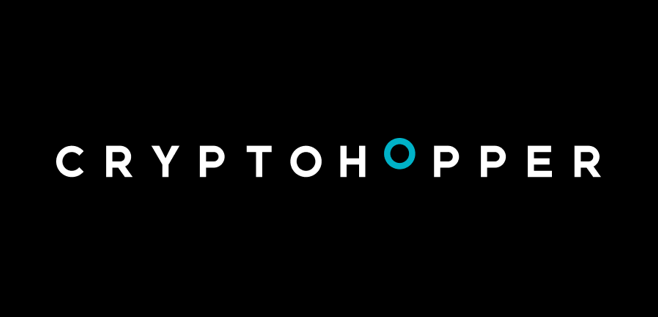
Cryptohopper
Cryptohopper started in 2017 when two brothers from the Netherlands wanted a smarter way to trade. Today, it supports more than half a million users and over 600 different coins. The platform’s strength is flexibility — it works for someone setting up their very first bot and for traders who already know how to fine-tune strategies.
The system runs non-stop. It follows market moves and reacts when prices turn. You don’t need coding skills. Instead, you can drag and drop indicators into the built-in strategy designer or buy ready-made templates in the marketplace. For those who like testing, Cryptohopper includes detailed backtesting so you can see how an idea would have worked in the past.
Another standout feature is copy trading. New users can mirror strategies from experienced traders, while more advanced users can design their own and even sell them. The platform also has tools for arbitrage, market making, and trailing functions that follow momentum until it fades.
Who it fits best: complete beginners who want plug-and-play automation, traders who like experimenting with custom indicators, and advanced users looking for specialized bots like market makers.
The free plan is limited, and full automation requires a subscription. Still, Cryptohopper balances ease of use with depth, making it one of the more beginner-friendly ways to explore AI trading.
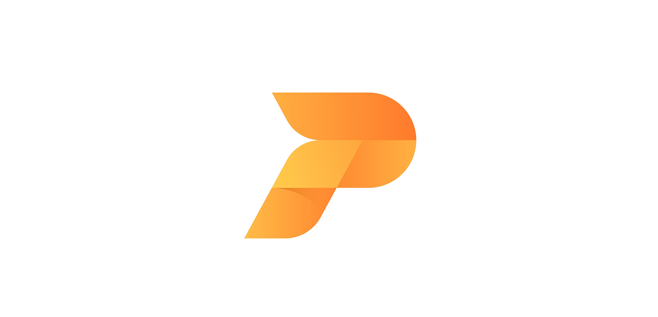
Pionex
Pionex is both an exchange and a home for built-in trading bots. Instead of charging extra, it gives you 16 different bots for free, ready to run around the clock. That alone makes it stand out for beginners who don’t want to spend extra money on software.
The lineup covers most popular strategies: grid trading, dollar-cost averaging, rebalancing, even arbitrage. For futures traders, there’s a grid bot that uses leverage to catch profits when markets swing. On top of that, Pionex added PionexGPT — an assistant powered by AI that turns plain English instructions into working strategies. You describe what you want, and it builds the code.
Security is another focus. The platform uses strong protections like two-factor authentication, withdrawal whitelists, and monitoring systems that catch unusual behavior. It also pulls liquidity from Binance and Huobi, so orders get filled quickly.
Who it fits best: new traders who want to try bots without coding, busy people who like “set and forget” trading, and budget-minded users who want low fees.
The downsides? You can’t withdraw fiat, the crypto selection is smaller than on some larger exchanges, and customer support reviews are mixed. But with a $10 minimum and free bots, Pionex is one of the easiest gateways into automated trading.
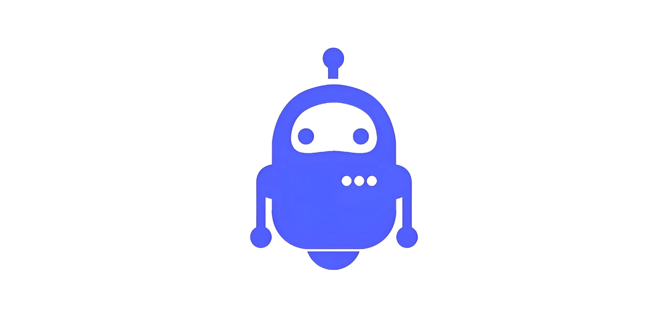
Coinrule
Coinrule launched in London in 2018 with a simple idea: let anyone build trading strategies without writing code. Instead of programming, you click through a visual builder that works like “if this, then that”. For example, if Bitcoin drops 5% in a day, then buy using 10% of balance.
To make it easier, Coinrule has a library of more than 250 templates. You can choose strategies for bull runs, corrections, or sideways markets and customize them as you go. For testing, the demo exchange gives you virtual BTC and USDT so you can practice without losing money.
Security is handled with care — API keys don’t require withdrawal rights, which means your funds stay safe on the exchange. The platform also integrates with TradingView for backtesting, and it connects to major exchanges like Binance, Coinbase, Kraken, and KuCoin.
Who it fits best: beginners who want a gentle start into automation, traders who like experimenting with templates, and busy professionals who want 24/7 execution without sitting at the screen.
The tradeoff is price. Free plans are limited, and advanced strategies cost more. Some users also mention small execution delays. But for many new traders, Coinrule is a good way to build confidence and learn strategy design step by step.
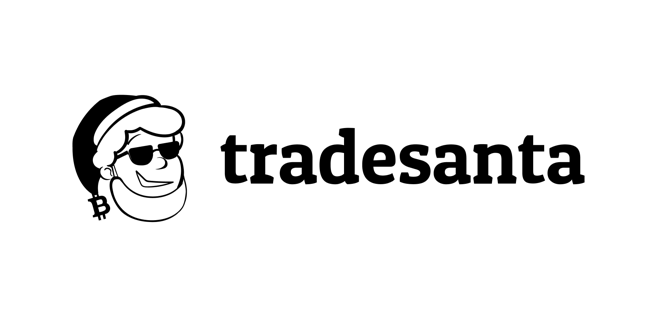
TradeSanta
TradeSanta has been running since 2018 as a cloud-based service that automates trades without needing any coding. Setup is quick — you connect your exchange through an API key, pick a bot, and it starts working while your funds stay safe on the exchange.
The platform focuses on two core strategies. Grid bots place buy and sell orders at different levels, working best in sideways markets. DCA bots average entry prices, which helps in volatile conditions. You can run both long and short setups, so the bots keep working no matter which way the market moves.
TradeSanta also uses familiar indicators like RSI, MACD, and Bollinger Bands to guide entries and exits. If the market turns against you, the system’s extra orders tool adjusts take-profit levels to give your trade another chance. For learning, there’s demo trading so you can practice first.
Who it fits best: beginners who want a simple platform, professionals who don’t have time to watch screens all day, and intermediate traders looking to adjust bots for different market moods.
The downsides: the free trial only lasts a few days, the platform sometimes slows during heavy traffic, and it doesn’t offer the deeper AI features that competitors do. Still, TradeSanta’s ease of use makes it one of the quickest ways to start with automated trading.
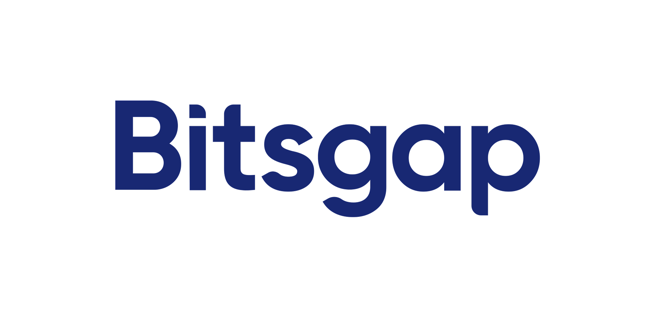
Bitsgap
Bitsgap has been around for more than six years and built its name as an all-in-one crypto trading hub. Instead of juggling multiple exchange accounts, you link them all in one dashboard. From there, you can manage trades, track portfolios, and set up bots that run nonstop.
The platform offers several bot types. The Grid bot thrives when prices move sideways. The DCA bot smooths out entries and exits by averaging them over time. A Buy the Dip bot scoops up assets at lower prices to sell higher later. For futures, Bitsgap combines strategies through its Combo bot, which blends grid and DCA logic for more advanced setups.
On top of automation, Bitsgap has an AI assistant that scans assets and suggests strategies based on your balance and risk level. Traders say these recommendations can improve results compared to going manual.
Who it fits best: newcomers who don’t want to code, intermediate traders who like testing ideas before risking money, and high-frequency users who manage multiple exchanges at once.
The tradeoffs? Plans aren’t cheap, and key features like trailing functions sit behind higher tiers. There’s no permanent free option, and some users wish for a stronger mobile app. But as a central hub with powerful bots, Bitsgap remains a solid choice for active traders.

HaasOnline
HaasOnline is one of the oldest names in crypto automation. Launched in 2014, it built a reputation around depth and customization rather than simplicity. It’s not a plug-and-play tool. Instead, it’s aimed at traders who want to design advanced strategies from the ground up.
At the heart of the platform is HaasScript, a scripting language with more than 500 commands. With it, you can code anything from simple buy-and-sell rules to complex arbitrage systems. For those who don’t want to code, there’s also a visual editor where strategies can be pieced together like blocks.
HaasOnline connects to over 25 exchanges and supports a wide range of bot types — from scalpers to market makers to arbitrage bots. Backtesting is another strong point. You can run strategies against up to 56 weeks of data and test thousands of variations quickly.
Who it fits best: professional traders, analysts, and institutions that need full control, high-frequency execution, and room to experiment.
The drawbacks are clear: it’s expensive, requires local installation or private cloud setup, and has a steep learning curve. Beginners will likely find it overwhelming. But for advanced users who want total flexibility, HaasOnline is one of the most powerful tools in the space.

CryptoHero
CryptoHero was designed with mobile traders in mind. Launched by a team of fund managers with decades of experience, it focuses on making automation simple and accessible from a phone. The app works on iOS, Android, and the web, so you can check trades anywhere.
The platform supports common strategies like long/short trading, dollar-cost averaging, arbitrage, and even futures. It also offers paper trading, which lets you test ideas with simulated money before going live. Backtesting is fast and helps you refine strategies against past market data.
One unique feature is the Bots Marketplace, where experienced traders share setups that beginners can copy. And for those who already use TradingView, CryptoHero integrates directly, so bots can follow your alerts.
Who it fits best: newcomers who want a simple app-based solution, busy professionals who need to manage trades on the go, and multi-exchange traders looking for one dashboard.
It does come with limits. Lower-tier plans restrict how many bots you can run, and advanced traders might find the mobile-first design a bit tight. But for anyone who wants straightforward automation from their pocket, CryptoHero delivers.
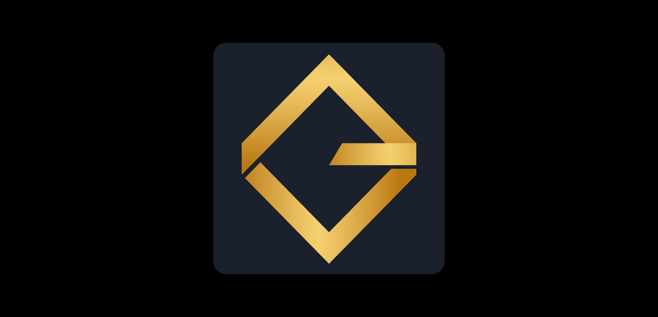
Gunbot
Gunbot has been around since 2016 and takes a different approach from most trading bots. Instead of running in the cloud, it installs directly on your computer. That means you keep full control over your data and trading activity.
Once set up, the platform supports spot and futures trading across more than 25 exchanges, including Binance, Coinbase, and Kraken. Strategies cover grid trading, dollar-cost averaging, and reversal trading, but advanced users can also create custom logic with JavaScript.
One major difference is pricing. Gunbot works on a lifetime license — you pay once and keep it forever. Licenses are tied to “GUNTHY” tokens on the Ethereum blockchain, which you can even resell later if you stop using the software.
Who it fits best: traders who want privacy, long-term ownership, and the ability to customize every detail. Developers and power users especially like the scripting freedom.
The tradeoffs are setup and complexity. Installation takes more work than cloud platforms, and building advanced strategies requires technical know-how. The upfront cost is also higher than a monthly subscription. Still, for traders who value control and dislike recurring fees, Gunbot is one of the most flexible tools available.
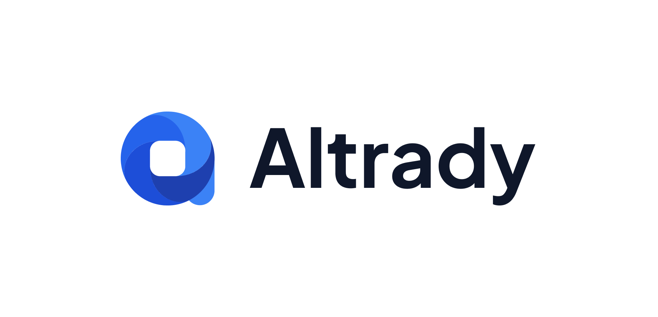
Altrady
Altrady is a Netherlands-based platform that pulls multiple exchanges into one dashboard. Instead of logging in and out of different accounts, you see everything in one place — balances, open trades, and portfolio performance. From there, you can set up automation and manage strategies across markets.
The platform includes Smart Trading Tools like trailing stop-loss and automated take-profits. It also offers both Grid bots for sideways markets and Signal bots that react to TradingView alerts or Altrady’s own QFL signals. Scanners add another layer by spotting quick price spikes or dip-buying opportunities.
Paper trading is built in, which lets new users try strategies without risking funds. More experienced traders benefit from detailed analytics and customizable alerts that help them catch moves as they happen.
Who it fits best: active traders who spread their capital across several exchanges, professionals who want detailed analytics, and learners who want a safe space to practice before going live.
The platform does have downsides: higher subscription costs, only one bot per trading pair, and a mobile app that needs improvement. But for traders who value a unified view of their crypto activity, Altrady is a strong option.
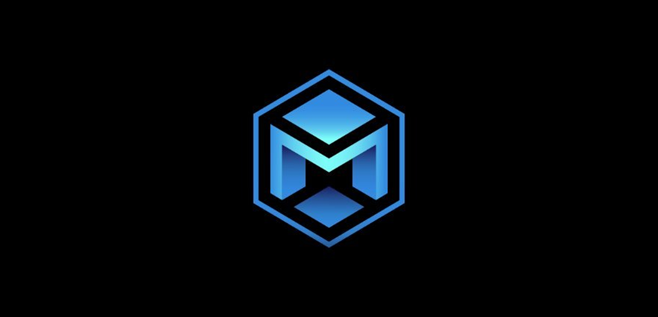
Mizar
Mizar is one of the newer platforms, but it has quickly found a place among traders who want automation without complexity. Launched just a couple of years ago, it focuses on making bots simple to run while keeping funds safe on exchanges.
The platform supports DCA bots that split investments into smaller trades and API bots for more custom setups. A big draw is copy trading — you can follow successful traders with just a few clicks. The dashboard also includes basics like stop-loss, take-profit, and trailing functions, so you can manage risk without constant monitoring.
Mizar runs on a non-custodial model, meaning your money never leaves the exchange. That adds an extra layer of security compared to platforms that hold funds directly.
Who it fits best: beginners who want a low-barrier entry, traders who like the idea of copying proven strategies, and anyone who values keeping their capital on exchanges instead of moving it to third-party accounts.
The downsides? The fee structure can be confusing at first, and advanced API features are more limited. But for straightforward, affordable automation, Mizar is a good way to start.

Hummingbot
Hummingbot is different from most platforms on this list. It’s open-source, which means anyone can download it for free and customize it as much as they want. Instead of a polished app with ready-made templates, it’s more of a toolkit for building professional-grade trading bots.
The software connects to more than 40 exchanges, both centralized and decentralized. Its modular design lets you set up strategies like market making, arbitrage, or directional trading. Developers can use Python scripts to create custom logic, while advanced users can run multiple bots at the same time through the dashboard.
Hummingbot also works with AI assistants like Claude and Gemini to bring automation closer to natural-language commands. That said, it’s not beginner-friendly — setup is more technical, and there’s no dedicated customer support. Most help comes from the community of developers who contribute to the project.
Who it fits best: advanced traders, quantitative analysts, and institutions that need full control over strategies and don’t mind handling the technical side.
The learning curve is steep, and installation is more complex than cloud-based platforms. But for traders who want power, flexibility, and zero ongoing fees, Hummingbot remains one of the most capable tools available.

Conclusion
Choosing the right AI trading bot depends on three things: your experience, your budget, and how much control you want.
If you’re new, platforms like Pionex or CryptoHero make it easy to start. They have free or low-cost options and let you practice before spending real money. Tools like 3Commas or Cryptohopper work better once you’re comfortable and want more flexibility with strategies. For professionals, advanced systems such as HaasOnline or Hummingbot unlock full customization but take time to master.
Costs also play a role. Some traders prefer one-time payments like Gunbot, while others go with subscriptions from Bitsgap or Altrady for constant updates. No matter which you choose, security should always come first — most platforms keep funds on exchanges rather than holding them directly, but it’s worth double-checking before linking API keys.
AI bots don’t guarantee profits, but they remove a lot of the noise. They trade by rules, not emotions, and they run all day without a break. That’s a big advantage for new traders who can’t watch charts around the clock.
Each platform in this list has its own strengths — from simple demo trading to advanced scripting. The best path is to start small, test in practice mode, and scale up as you gain confidence.
Read More




 Get RateX Pro
Get RateX Pro

 06 Jun 2024
06 Jun 2024
